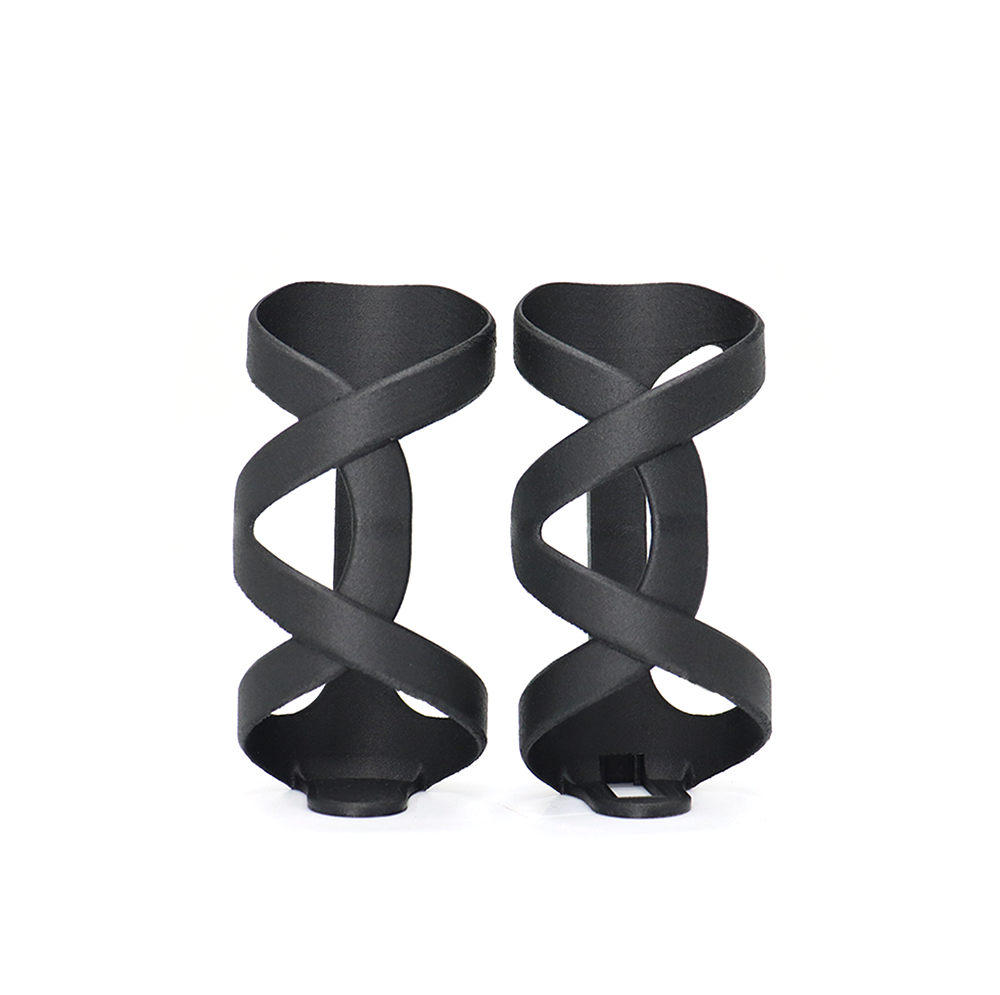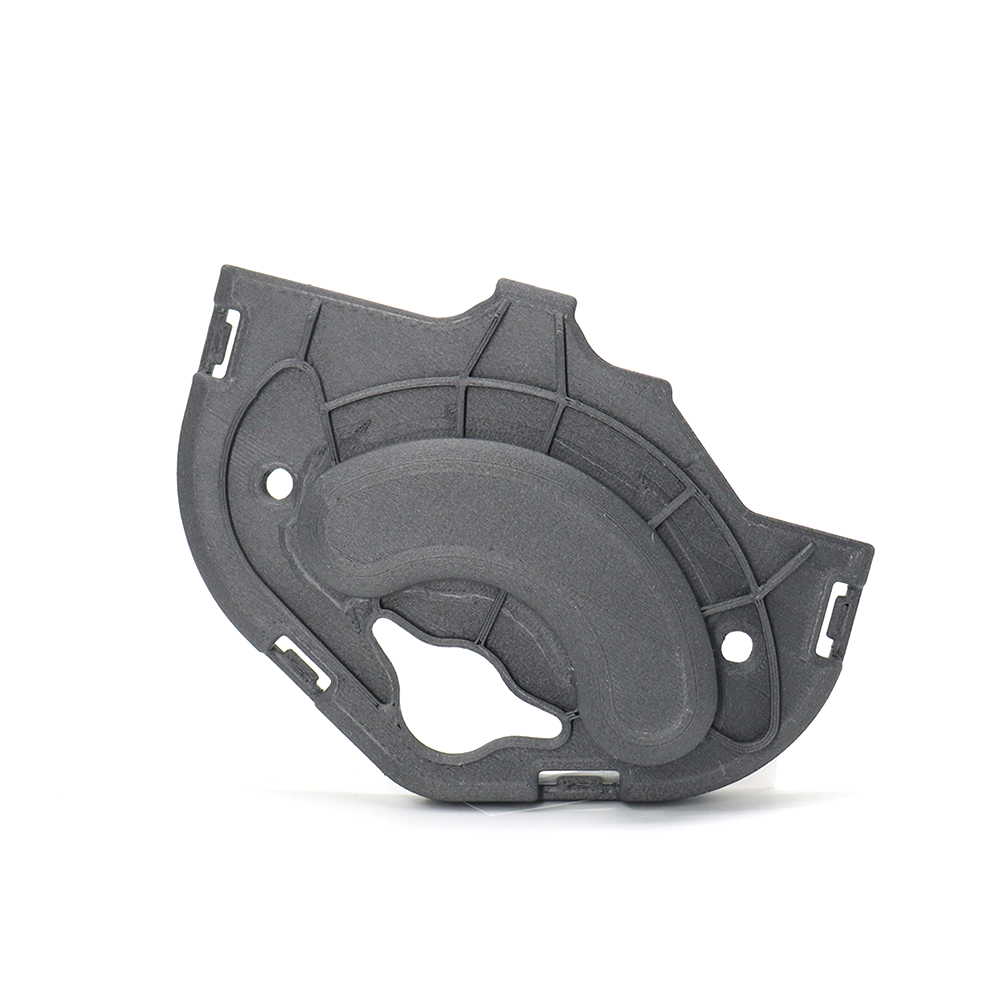Master 3D Printing with the Right Filament Choices
3D printer filaments are thermoplastic feedstock materials used in the process of FDM 3D printing. They are basically the raw materials that FDM printers heat and extrude layer by layer to create three-dimensional objects.In other words, 3D printer filaments are consumables for FDM printers, just like ink cartridges in traditional printers, except they are in solid forms with a wide range of material properties to suit various needs in printing.
Types of 3D Printer Filaments
All in all, there is a huge variety of filament types-from eco-friendly PLA for 3D printing newbies and further to durable ABS for functional part manufacturers and then further to flexible TPU for the designs which require flexibility. Each of them has a set of properties tailored for different applications. PLA stands for polylactic acid, including such features as biodegradability and renewable resources. Thus, it is easy to work with, making it great for beginners.
ABS-Acrylonitrile Butadiene Styrene: With resistance to impact and heat, it usually has application for functional items.
PETG includes the ease of printing and strength with durability; hence, it is gaining popularity among hobbyist and professional users.
TPU-Thermoplastic polyurethane and other flexible filaments: These can bend and flex; hence, they will be perfect for parts which need some flexibility.
Specialty filaments: The most common examples include wood, metal, and carbon fiber-infused materials, as well as color-shifting filaments with temperature or UV exposure.
QIDI Tech Filament Specifications: Standard Sizes and Precision Tolerances
QIDI Tech offers filaments in the most commonly used diameter to match a wide range of 3D printers::1.75 mm - Most common size
Tolerance refers to the consistency of the filament's diameter throughout the entire spool. QIDI Tech filaments feature premium-grade tolerance specifications (±0.02mm*), ensuring:
Consistent extrusion flow
Reliable print quality
Professional-grade results
No printing jams or inconsistencies
[Note: If the tolerance specification of ±0.02mm isn't accurate for QIDI Tech filaments, please provide the correct specification and I'll adjust accordingly]
Print With QIDI Tech's Filament!
QIDI Tech offers high-quality 3D printing filaments to meet all your printing needs. From beginner-friendly PLA to professional-grade ABS and specialty materials, each filament is manufactured to precise tolerances and comes vacuum-sealed for optimal performance. With proper storage and correct settings, QIDI Tech filaments ensure consistent, professional results for every project.
FAQs about 3D Printer Filament
The filament of the 3D printer allows the fused deposition modeling 3D printers to work. This kind of 3D printer works by melting the filament through a heated nozzle and extruding it to build up something three-dimensional, layer by layer. Filaments come in different diameters but are usually 1.75 mm or 2.85 mm; they are also available in different materials, colors, and properties and, hence, intended applications and finishes.
Several types of 3D filament used in the industry have different properties for various applications. Polylactic acid is outright known to be the most popular based on its ease of use and biodegradability. Acrylonitrile Butadiene Styrene, on the other hand, is well known for its strength and durability, providing great sections for functional parts. PETG combines the easy-printability properties of PLA and the strength of ABS, is great in layer adhesion, has good chemical resistance, and is a blend. TPU refers to thermoplastic polyurethane, which is a type of thermoplastic elastomer. This is a flexible filament; hence, it is excellent for parts that have the properties of rubber. Other specialty filaments include Nylon, though not as strong, Polycarbonate, is very strong, with composite materials infused with carbon fiber, wood, or metal particles.
The best filament for 3D printing, however, really depends on the purpose of your project. For general use in printing and ease of use, PLA seems to be recommended since it has a low printing temperature and minimal warping. ABS or PETG is indicated more if there is a need for more durability, and for resistance to higher temperatures. If flexibility in parts is desired, then TPU would be a better choice. Thus, the choice of the best filament is governed by factors such as mechanical properties, heat performance, and intended use of the printed object.
Beginners in 3D printing usually find that PLA filament is a good starting material because of its low melting temperature and minor warping, making it more convenient to work with compared to other materials. It also means that PLA can adhere well to the print bed without needing a heated bed or enclosure, which in turn makes printing easier. Biodegradable, this material is available in a wide range of colors, making it quite viable for newcomers to 3D printing.
The proper storing of 3D printing filament might be of prime importance in the maintenance of quality and performances proposed for the printing product. Filament should be stored in a dry place to avoid moisture absorption, which could cause problems with printing like bubbling and poor layer adhesion. Storing in airtight containers with silica desiccant sachets is recommended. Some save them in vacuum-sealed bags for long-term storage. Also, storing the filament away from direct sunlight and extreme temperatures helps preserve its properties to a large extent. Other ways to ensure quality printing at all times are by checking for filament for moisture, such as when the filament is brittle or has surface defects.



